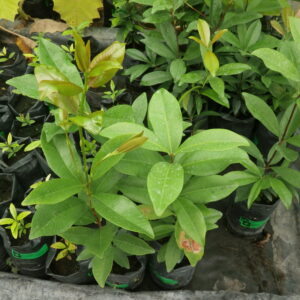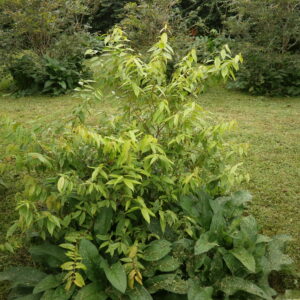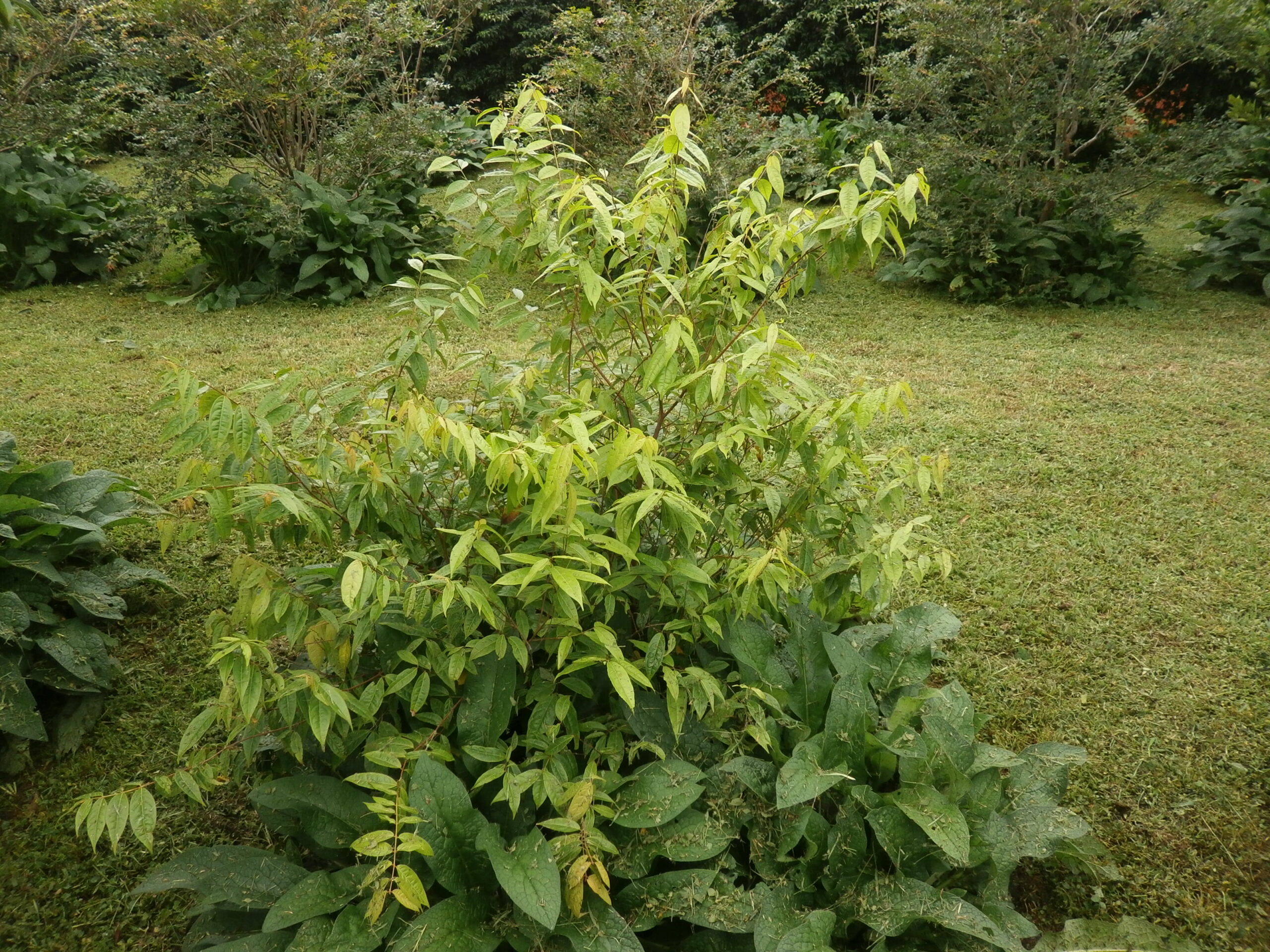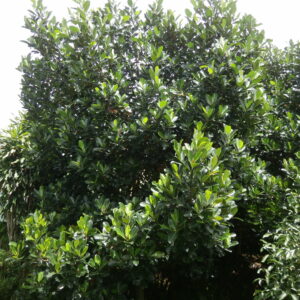
Creole Cherry
₡2,550.00
Scientific name: Prunus serotina
Family:
Origin:
Medicinal use:
Out of stock
Related products
-

Cherry, Brazilian
Fruit orchard ₡3,750.00 Add to cart
Cherry, Brazilian
₡3,750.00
SKU: 0890 Category: Fruit orchardScientific name: Eugenia brasiliensis
Family: Myrtaceae
Origin: S America
Medicinal use: Popular names: Grumichama, Brazilian cherry. S. It is a tree that reaches 15 meters in height with green, large and oval leaves, its fruits are globose black drupes with a cherry flavor that attract the local birds. Its fruits, in bunches, are eaten fresh and are also highly appreciated in jams and cakes.
13 in stock
-

Biriba
Fruit orchard ₡3,750.00 Add to cart
Biriba
₡3,750.00
SKU: 0320 Category: Fruit orchardScientific name: Annona mucosa
Family: Annonaceae
Origin: S America
Medicinal use: Of the approximately 65 species of the genus Rollinia (family Annonaceae), only a few bear edible fruits and among the best known is the biriba. In the Amazon, the tree can flower and bear fruit throughout the year, but the fruits are more abundant from January to June. The fruit is considered analeptic and antiscorbutic. The powder from the seeds is said to be a remedy for enterocolitis. In addition, the fruit is consumed fresh and fermented to make wine in Brazil.
11 in stock
-
Out of Stock

Allspice
Fruit orchard ₡3,750.00 Read more
Allspice
₡3,750.00
SKU: 1585 Category: Fruit orchardScientific name: Pimenta dioica
Family: Myrtaceae
Origin: Mexico and C America
Medicinal use: This pepper does not contain piperine, so it does not have the characteristic spicy flavor of that pepper. They have an aromatic and fresh scent reminiscent of eucalyptus or myrrh. Its nuts are used as a condiment in various dishes and can easily be combined with other spices. It is one of the most characteristic ingredients of Caribbean cuisine, it is used ground in the preparation of Mexican mole sauces and in the elaboration of curry powder.
Out of stock
-

Sundrop
Fruit orchard ₡2,550.00 Add to cart
Sundrop
₡2,550.00
SKU: 0175 Category: Fruit orchardScientific name: Eugenia victoriana
Family: Myrtaceae
Origin: S America
Medicinal use: Eugenia victoriana is a small South American fruit tree of the genus Eugenia. Their common names include guayabilla and sundrop. Eugenia victoriana boasts the largest fruit of all known Eugenia species. The trees develop their first flowers in their third or fourth year in the case of the fruits, they are orange in color, and have sour pulp, usually two to four large seeds.
36 in stock



